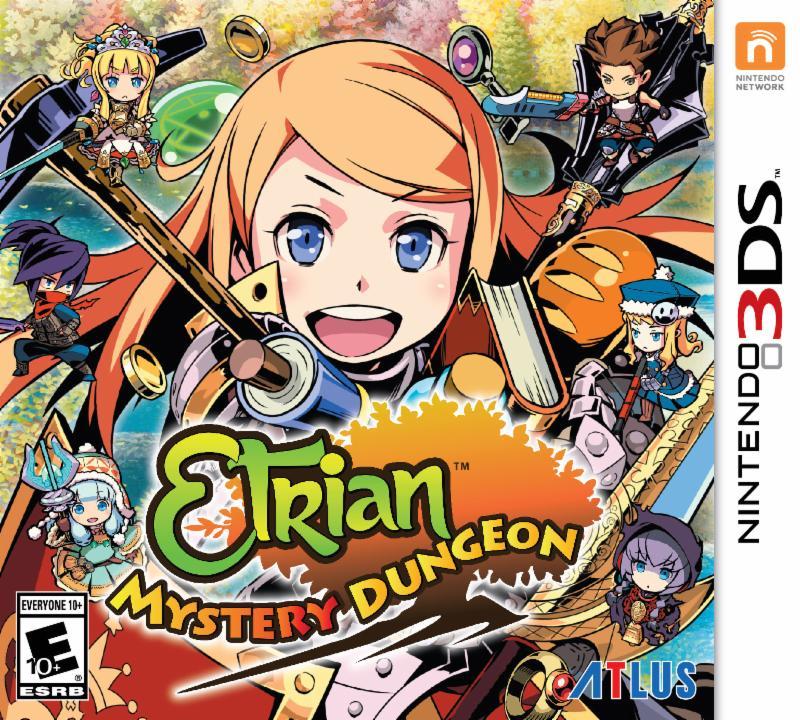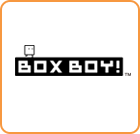So this is going to be a two parter covering both of the free to play Pokemon titles Nintendo has released for the 3DS, Pokemon Shuffle and Pokemon Rumble World. Both are curious small titles, and I think they are an interesting early look into what Nintendo’s long term mobile plans could possibly look like.
Pokemon Shuffle
Info:
- Genre: Puzzle RPG
Progress:
- 95 Pokemon
- Handful of Mega Evolutions
- Handful of daily/special events
Similar Titles
The first of the free to play titles is a pretty standard pick-3 puzzle game, with the added twist that you battle to catch Pokemon, and can gain XP to level up the Pokemon you are using in battle.
In general this was a good time waster. I could go in, spend 15 minutes running through my available stamina, and go back to whatever else I was doing. The core game is solid, and has enough Pokemon features to feel like it’s well integrated into the overall rule set established in the RPG titles.
What I Like
The type strength/weakness system from the main line series is represented here. While this may seem like an obvious addition, it does have some fun ramifications in terms of how you build out the squad of Pokemon for each battle. In addition, because there is a pre-battle party optimize feature, you can get in and out of battle with a generally good set of Pokemon without spending a ton of time in menus.
In addition, the variety of Pokemon was astounding. The in-game Pokedex lists 233 capturable Pokemon at this time, and special events have been showing off some fun rare Pokemon from time to time. It results in allowing you to really build out a strong squad from any number of your favorites from past games.
What I Don’t Like
The catching system feels super arbitrary. Every Pokemon has base odds of being caught, then bonus catch odds based on how many turns remained in the battle upon victory. The majority of Pokemon typically end up in the 70-90% catch rate range, but the stronger Pokemon are locked behind often < 5% base odds with low per-turn bonuses, making repeated battles a chore in these cases. This is exacerbated by the fact that Great Balls are extremely expensive in terms of the in-game currency, as well as them only doubling catch chance, making the gold cost often not worth the risk.
Pokemon Rumble World
Info:
- Genre: Brawler
Progress:
- 116 Captured Pokemon
- 9 Balloons
- Account Level 19
Similar Titles
This one is a continuation of the Pokemon Rumble series. The basic gameplay is similar to top-down twin stick shooters, with some simplifications. Combat can either be automatic upon contact with enemies, or triggered via A/B attacks. Upon defeating an enemy, there is a random chance that they will drop as a capturable Pokemon that can be added to your roster. As your account levels up, the Pokemon in all areas progressively grow stronger, giving you consistent progress and good excuses to go back to old areas to capture stronger versions of already captured Pokemon.
In general, while I did enjoy this title, it is extremely simple. It is essentially a 5 minute play and forget title to pick up while you have a few free minutes. The variety of Pokemon is again really strong, but the F2P mechanic blocking progress is more aggressive than in Shuffle, to some extent to the game’s detriment.
So, what does this all mean for Nintendo? A while back they announced their entry into the mobile market going into 2016, and these feel like their first experiments in that style. Both games have very similar monetization efforts, with progress blocked via some sort of stamina mechanic, a soft gold currency earned in game, and a hard diamond currency earned through microtransactions.
Shuffle’s stamina mechanic is more typical, with one heart per battle, and hearts earned back over time. Rumble uses a slightly different mechanic. Balloons can be purchased that transport you to various areas for battling/capturing. The balloons then go on cooldown, with progressively longer cooldowns based on how expensive the balloons were to purchase. In general, this simply forces me to replay old content more often, which doesn’t really feel that good. However, it does push me more towards purchasing into diamonds, which is good for the typical purchasing path.
Overall both of these titles feel like they would be appropriate entries into the mobile market for Nintendo. They’re solid quick play titles, have simple but engaging mechanics, and are already setup with the typical monetization scheme that the highest grossing titles typically use. Looking a year from now, I wouldn’t be that shocked to see both of these as the first of the Nintendo mobile titles being released as part of their latest market experiment.


